10 Things to know About Sultan Ibrahim Lodhi
10 Things to know about Sultan Ibrahim Lodhi
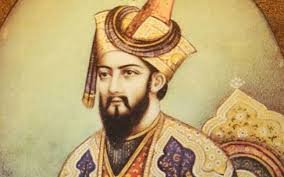
Sultan Ibrahim Lodhi (1489–1526) was the last ruler of the Lodhi dynasty, which was the final Afghan dynasty to rule the Delhi Sultanate. His reign marked the end of the Delhi Sultanate and the beginning of Mughal rule in India. Here are ten key things to understand about Sultan Ibrahim Lodhi:
1. He Was the Last Lodhi Sultan
- Ibrahim Lodhi was the last ruler of the Lodhi dynasty, ruling from 1517 until his death in 1526. His reign saw internal strife and external threats that weakened the kingdom.
2. Ascension to the Throne
- He succeeded his father, Sikandar Lodhi, in 1517. However, unlike his father, Ibrahim faced difficulties in maintaining the same control over his vast and diverse empire, particularly due to his harsh treatment of nobility.
3. Conflict with Nobles
- Ibrahim Lodhi was known for his autocratic and sometimes oppressive rule. His lack of political finesse and poor relations with Afghan nobles (particularly the governors of regions) led to significant unrest within the kingdom. Many of his nobles rebelled, weakening his control over the empire.
4. Rivalry with His Relatives
- Ibrahim Lodhi’s harshness extended to his own family, especially his uncles and cousins, leading to internal strife. His uncle, Alauddin Lodhi, revolted against him and sought support from other regional powers.
5. The Battle of Panipat (1526)
- Ibrahim Lodhi is best known for his defeat in the First Battle of Panipat (April 21, 1526) at the hands of Babur, the founder of the Mughal Empire. This battle marked the end of the Delhi Sultanate and the beginning of Mughal rule in India.
6. Death at Panipat
- Ibrahim Lodhi died during the Battle of Panipat, and his death effectively ended the Lodhi dynasty’s rule. He was killed in hand-to-hand combat, reportedly after fighting bravely despite his forces being outmatched by Babur’s well-equipped and tactically superior army.
7. Legacy of the Lodhi Dynasty
- Although Ibrahim Lodhi’s reign was fraught with difficulties, the Lodhi dynasty played an important role in the history of the Delhi Sultanate. His grandfather, Bahlul Lodhi, had established the dynasty, and his father, Sikandar, had expanded and strengthened it. Ibrahim’s fall paved the way for the Mughals to take control of North India.
8. Tomb in Panipat
- After his death, Ibrahim Lodhi was buried in Panipat, where a modest tomb marks his grave. The tomb still exists and is a historical site in Haryana, India, attracting visitors who are interested in the history of the Delhi Sultanate and the battle that ended it.
9. Criticism for Poor Governance
- Many historians criticize Ibrahim Lodhi for his inability to manage his empire effectively. His centralization of power and failure to build alliances with his nobles were seen as key factors in his downfall, along with his underestimation of Babur’s military strength.
10. Struggles with Regional Governors
- Ibrahim Lodhi faced multiple revolts from governors of key regions, such as Punjab and Bihar. These governors often resented his rule, and their defections weakened his kingdom. In particular, the defection of Daulat Khan Lodhi, the governor of Punjab, who invited Babur to invade India, was a critical factor in Ibrahim’s defeat.
Sultan Ibrahim Lodhi’s reign is often seen as the end of one era—the Afghan sultanates—and the beginning of another—the Mughal Empire, which would dominate the Indian subcontinent for the next few centuries.
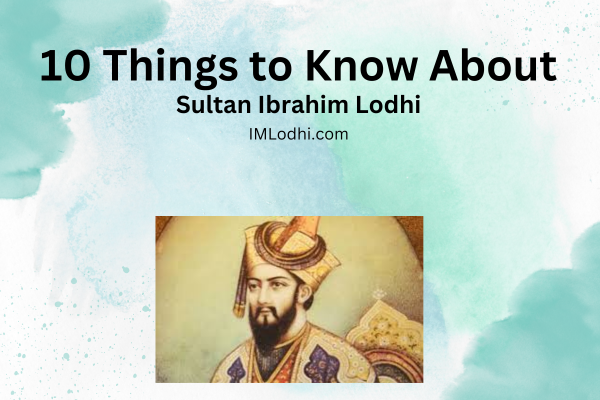

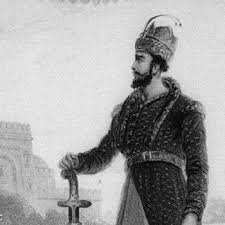


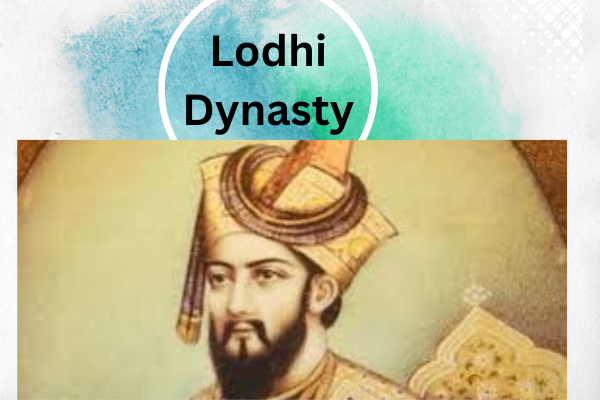
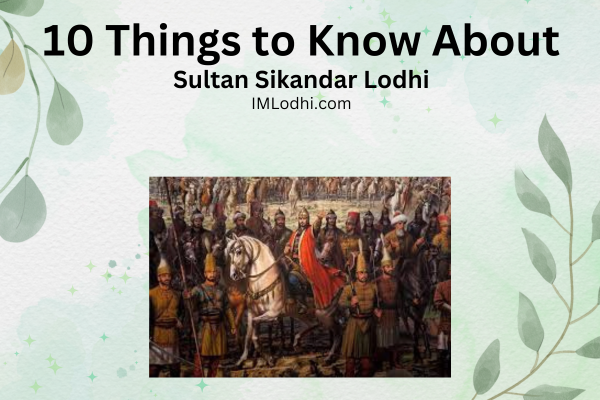
One Comment